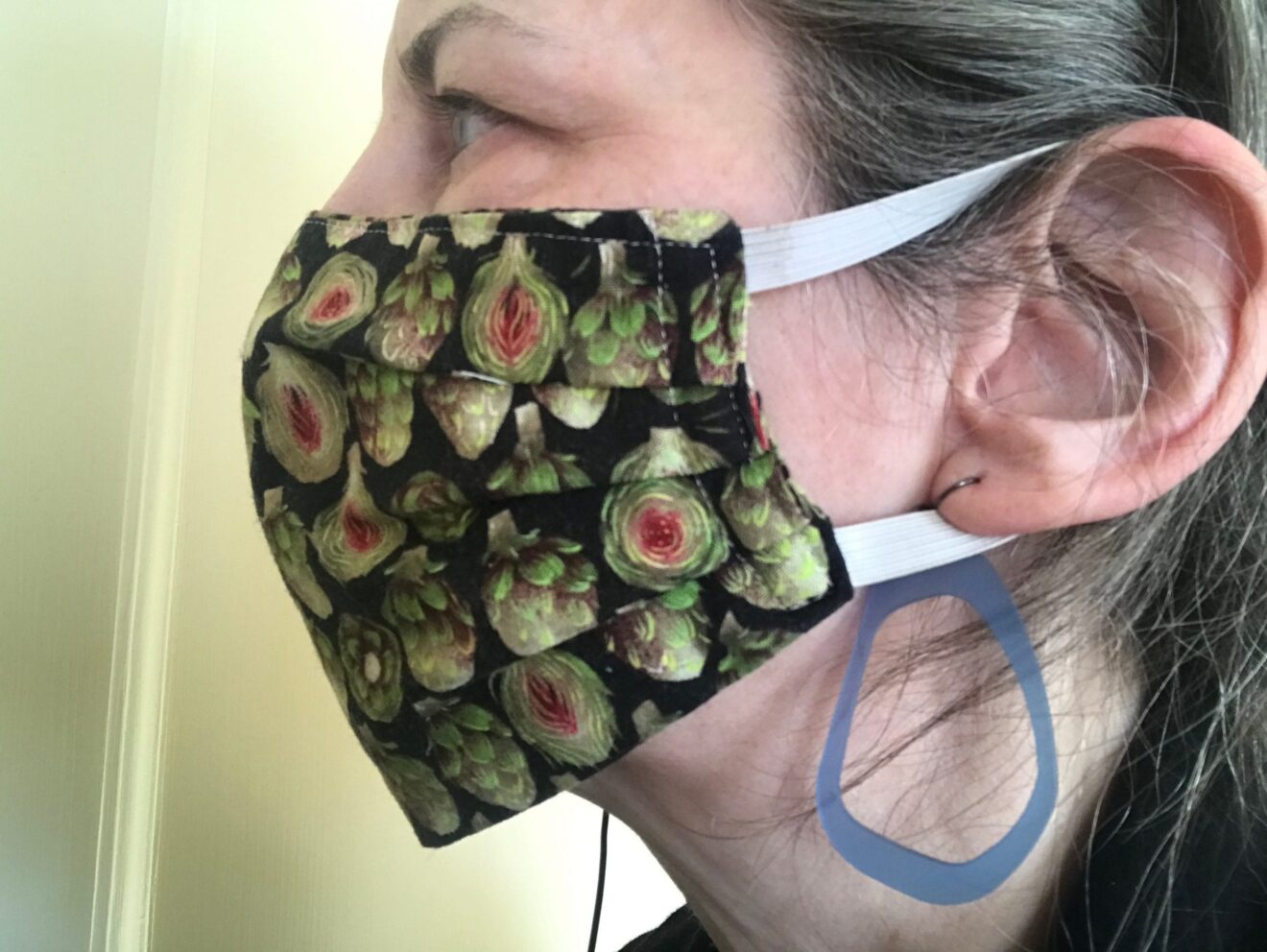Questions and conversations are central to my job as a journalist. When I talk with community leaders, residents and business owners, I learn about key issues and underlying concerns. I read documents, articles, emails, municipal reports and spreadsheets. I also read body language, facial expressions and inflection. A question can arise from what is unsaid, unnoticed or out of the spotlight. Silence can serve as information as fully as words.
At CT Examiner, our motto is “Big Questions in Small Places.” Now, 10 months into the pandemic, I am asking a slightly different big question: How is the pandemic changing the process for journalists? How do journalists find and ask their questions with little or no human contact?
Since March, I’ve attended many municipal zoom meetings where I see officials and members of the public on my screen. On my computer, I can see facial expressions and hear intonations, depending on numerous variables like each individual’s lighting and sound quality. I can see documents and plans through the virtual shared screen function and take screenshots if I’m quick.
Harder to see or hear are reactions from the audience and officials — posture, eye contact, murmurings. Virtual meetings are not the same as being in a room of people where I can “read” the energy of the crowd and the officials.
Before COVID, my longtime habit was to arrive at meetings early and talk to people in the audience about the issues on the agenda. After the meeting, I was able to ask the officials questions.
But with virtual meetings, once the meeting is over, it’s over. There is no time to talk with officials afterwards to clarify information. Nor is there the same opportunity to sit and chat with audience members beforehand. The familiar way of connecting and communicating are gone, for now.
A bigger question on my mind is not simply how to handle meetings, it’s how the pandemic has changed our process of communication and connection. Even masked, in-person conversations cover up visual and verbal cues that can lead to questions about vital information. Virtual meetings, phone calls, emails, text messages, documents do not replace what we once thought of as human interaction and contact.
“Normal” will likely never return. What does that mean for journalists and their communities? We are here to ask questions and find answers, to promote transparency, to raise awareness and public engagement. The unasked questions are often the most important ones. How will we listen differently after the pandemic?
Cate Hewitt is a senior reporter at the Connecticut Examiner

